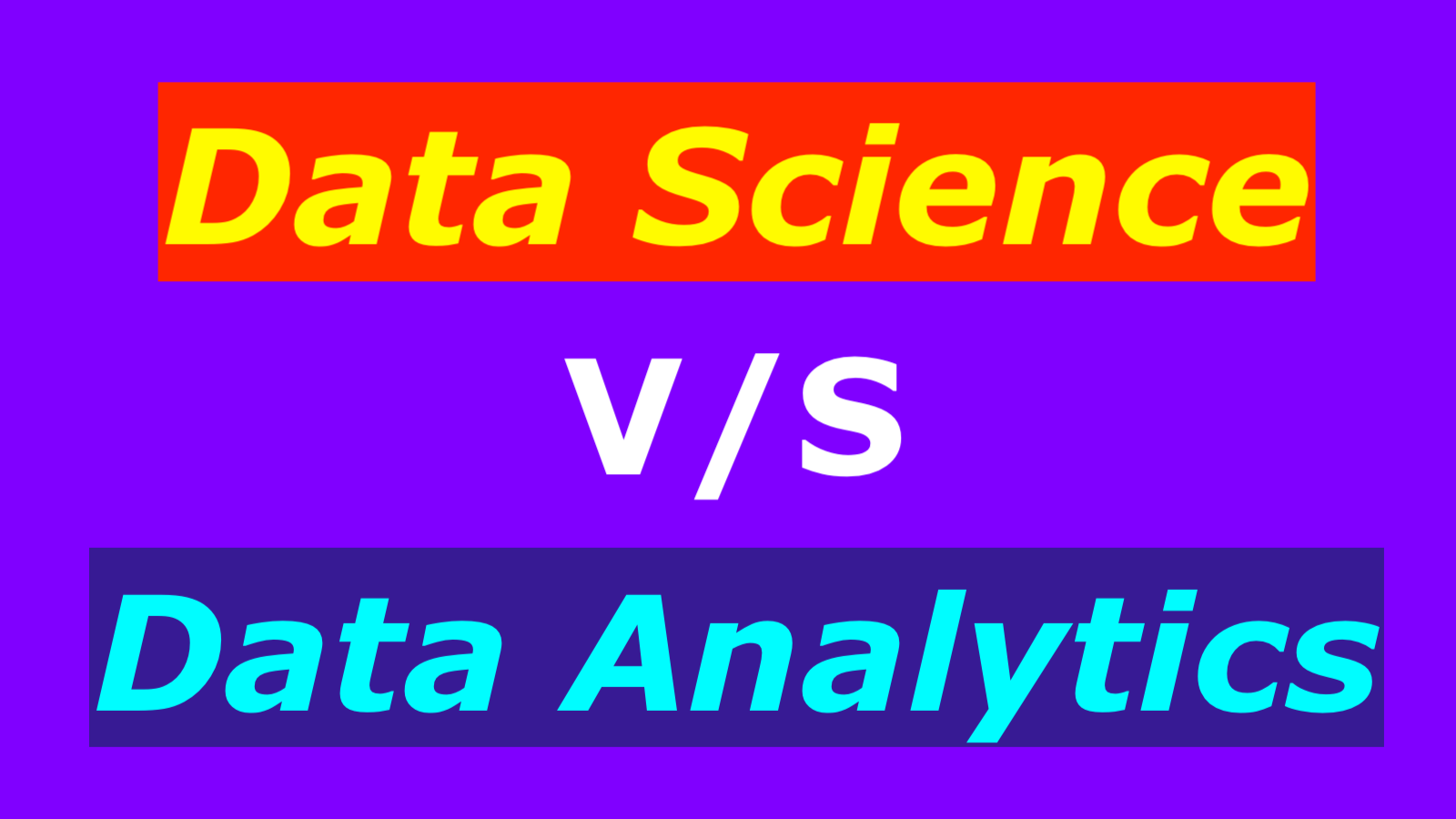Data Science
Data Science Vs Data Analytics

Data Science Vs Data Analytics

Data Science Vs Data Analytics
Data science and data analytics are closely related but there are key differences. Both fields involve working with data to gain insights.
- Data science involves using data to build models to predict future outcomes.
- Data analytics focuses on analyzing past data to inform decisions in the present.
- Data science is a broad field that includes data analytics, data engineering, and machine learning.
- Data scientists use statistical and computational methods to extract insights from data, build predictive models, and develop new algorithms.
- Data analytics involves analyzing data to gain insights and inform business decisions.
- Data science is the application of tools, processes, and techniques to combine, prepare, and examine large datasets and then use programming, statistics, machine learning, and algorithms to design and build new data models.
- Data analytics uses tools and processes to combine, prepare, and analyze datasets to identify patterns and develop actionable insights.
The goal of both data science and data analytics is often to identify patterns and develop actionable insights.
But data science can also seek to produce broad insights by asking questions, finding the right questions to ask, and identifying areas to study.
Key differences
Purpose
- Data scientists produce broad insights by exploring the data and actionable insights that answer specific questions.
- Data analytics is more focused on producing insights to answer specific questions that can be put into action.
Scope and Skills
- Data science is a multidisciplinary field, it includes data engineering, computer science, statistics, machine learning, and predictive analytics in addition to the presentation of findings.
- Data analytics is a broad field that includes data integration, data analysis, and data presentation.
Approach
- Data scientists prepare, manage, and explore large data sets and then develop custom analytical models and algorithms to produce the required business insights. They also communicate and collaborate with stakeholders to define project goals and share findings.
- Data analysts prepare, manage, and analyze well-defined datasets to identify trends and create visual presentations to help organizations make better, data-driven decisions.